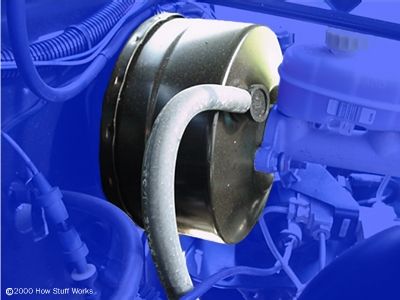Brake lights serve a simple but important function — they warn drivers behind you when you're slowing down. Have you ever been stuck behind a car that has faulty brake lights? Your frustration level can hit the roof as you're trying to predict when this driver is about to brake or turn since the lights aren't working. Or perhaps, the brake lights stay on indefinitely and you must stay a few cars' lengths behind since you have no idea what maneuver the driver will perform next. Without functioning brake lights, the incidence of rear-end collisions would certainly be much higher.
If one of your brake lights goes out, hopefully, your first clue isn't a cop pulling you over to let you know. If one of them does go out, you can probably fix it yourself if you know a little something about brake light wiring.
Advertisement
The brake light wiring system in most cars is not overly complex. At one end, you have the lights themselves: bulbs in sockets connected to a wiring harness. At the other end is the brake switch, where the pedal presses down and creates contact that completes the circuit. The system draws power from the car's battery.
If you're planning some brake work or brake repair, need to rewire brake lights or are already in the middle of fixing brakes, this article will tell you how brake light wiring works.

